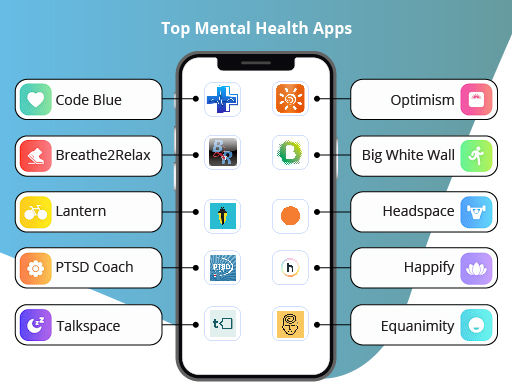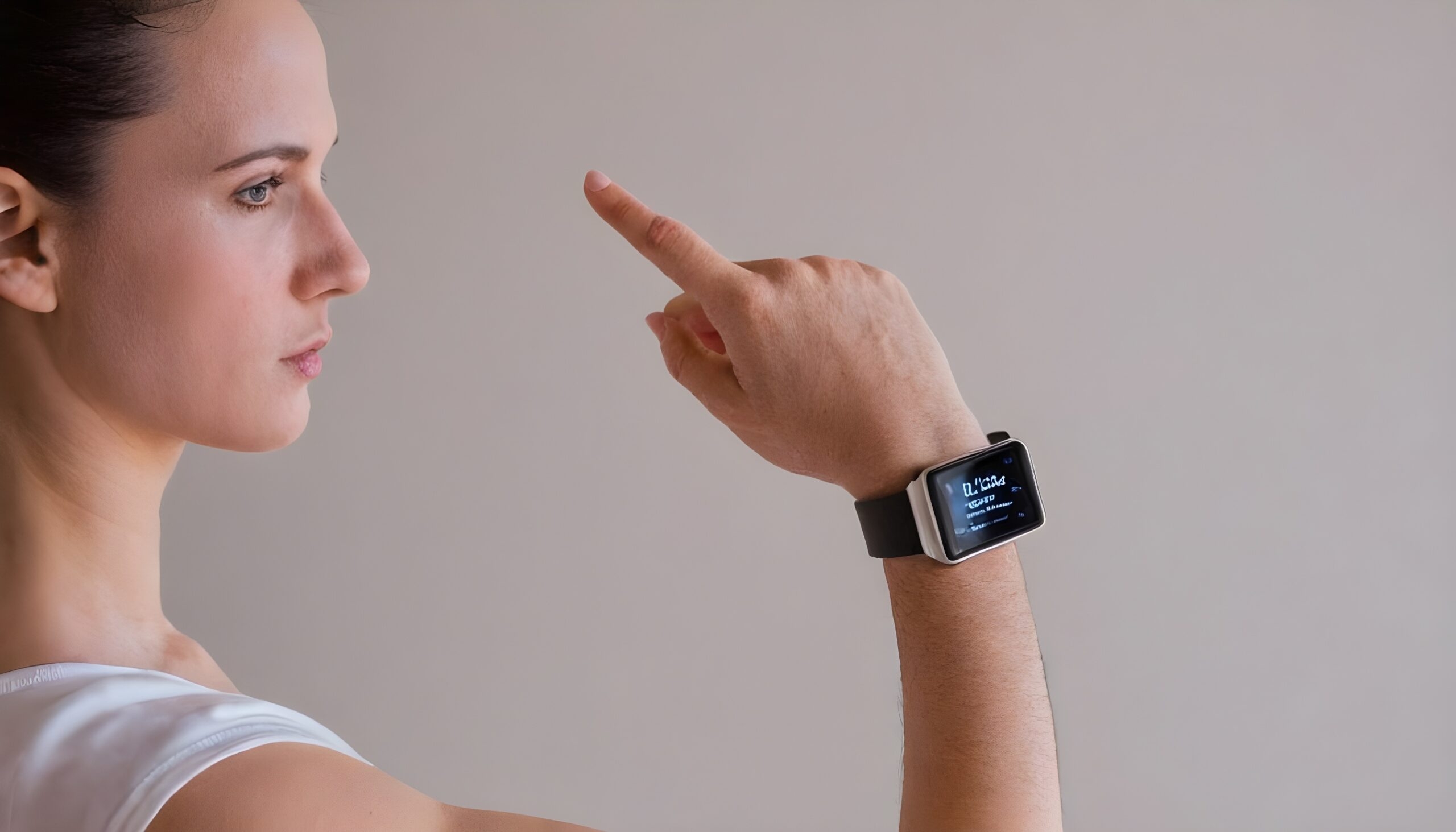The intersection of technology and mental health care is transforming how people manage emotional well-being. Mobile apps, wearable devices, and innovative platforms are empowering individuals to track, understand, and improve their mental health in real time. The se advancements make therapy more accessible, personalized, and proactive, especially for individuals who face barriers to traditional care. However, questions about efficacy, data privacy, and equitable access remain critical.
This article explores the role of digital tools in mental health care, discussing their benefits, limitations, and implications for the future.
1. The Rise of Mental Health Apps
Expanding Access and Offering Convenience
Mental health apps, like Calm, Headspace, and Talkspace, have surged in popularity due to their ability to deliver support directly to smartphones.

- Ease of use: Apps provide tools for meditation, stress management, and virtual therapy sessions at users’ fingertips.
- Personalization: Many platforms adapt to users’ preferences, offering tailored exercises for relaxation or cognitive behavioral therapy (CBT).
- Wide reach: These apps are especially valuable in rural areas where traditional mental health services may be sparse.
Limitations and Challenges
While apps offer convenience, they are not without flaws.
- Lack of regulation: Many mental health apps lack clinical validation, leading to concerns about the quality of care provided.
- One-size-fits-all solutions: Generic interventions may not address complex mental health needs.
2. Wearable Technology: Real-Time Monitoring and Feedback
Transforming Self-Care with Wearables
Devices like Fitbit, Apple Watch, and Garmin have extended beyond physical fitness to include mental health features.

- Stress tracking: Sensors measure heart rate variability to assess stress levels, helping users identify triggers.
- Sleep monitoring: Quality sleep is vital for mental health, and wearables provide insights into patterns and disturbances.
- Mood prediction: Advanced wearables integrate AI to forecast emotional shifts, enabling proactive care.
Impact on Mental Health Interventions
Wearables are empowering users to take control of their mental well-being.
- Real-time data: Continuous monitoring allows for early detection of mental health concerns.
- Integration with healthcare: Many devices sync with medical apps, enabling therapists to make data-driven decisions.
3. Combining AI and Big Data for Predictive Analytics
Proactive Mental Health Support
AI algorithms are revolutionizing mental health care by analyzing large data sets to predict potential issues.
- Identifying trends: Platforms like Ginger and BetterUp use AI to offer tailored suggestions based on users’ patterns.
- Risk assessment: Predictive models help flag individuals at risk of conditions like depression or anxiety.
Challenges in Implementation
Despite its promise, AI-driven mental health care has hurdles to overcome.
- Bias in algorithms: Inequities in data can lead to inaccurate or skewed outcomes.
- Privacy concerns: Users must navigate the trade-off between sharing personal data and receiving personalized insights.
4. Virtual Reality: Immersive Therapy for Emotional Healing
Redefining Therapy with VR
Virtual reality (VR) is emerging as a powerful tool for treating conditions like PTSD, phobias, and social anxiety.
- Exposure therapy: VR simulations allow users to confront fears in a safe, controlled environment.
- Relaxation techniques: Guided meditation sessions in VR settings create immersive experiences that promote calmness.
Adoption Barriers
While VR shows great potential, it also faces limitations.
- High costs: The technology remains expensive, restricting access for many users.
- Technical requirements: Effective use requires reliable internet connections and compatible hardware.
5. Ethical Considerations and Future Prospects

Ensuring Equity in Mental Health Tech
As digital tools become mainstream, inclusivity is essential.
- Bridging the digital divide: Developers must address accessibility gaps, especially for low-income populations.
- Multilingual support: Apps and platforms should cater to diverse linguistic and cultural needs.
Striking a Balance Between Tech and Human Care
Technology should enhance, not replace, traditional mental health care.
- Hybrid models: Combining virtual tools with face-to-face therapy ensures comprehensive treatment.
- Therapist involvement: Professionals must guide the integration of digital tools into patient care.
Conclusion
The tech revolution in mental health care is reshaping how individuals engage with their emotional well-being. From smartphone apps to advanced wearables and immersive VR experiences, these tools are making mental health support more accessible and personalized than ever before. However, addressing issues such as data privacy, equitable access, and ethical implementation remains critical to ensuring these innovations benefit all users.
Are you using any mental health apps or wearable devices? Share your experiences and thoughts in the comments below. Visit our website to explore more insights on the intersection of technology and emotional well-being. Let’s build a community that embraces innovation while prioritizing mental health care for everyone.

Leave a Reply